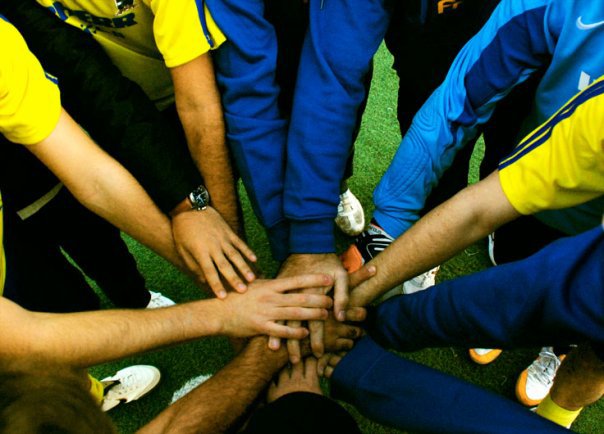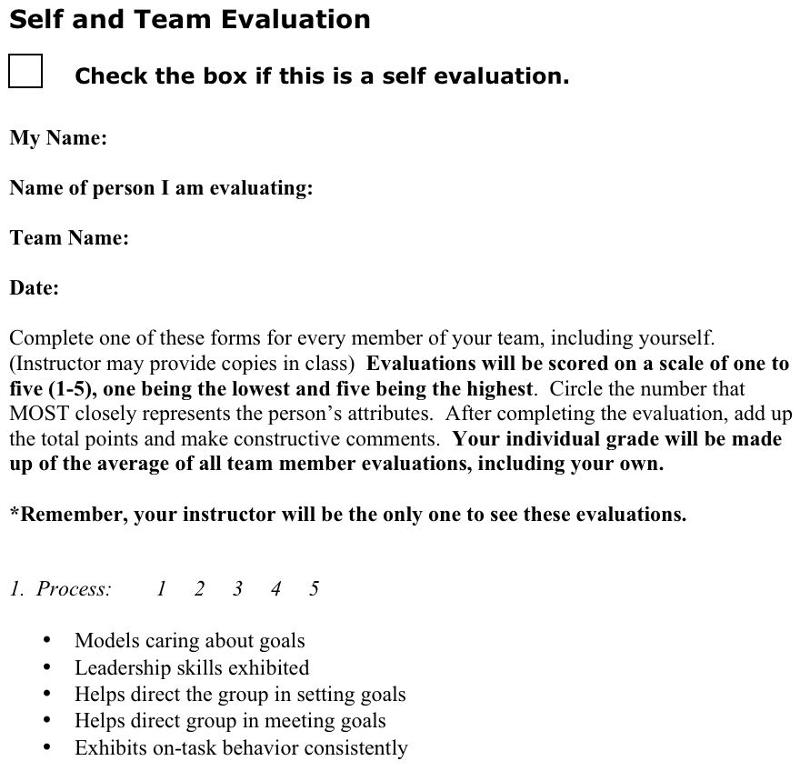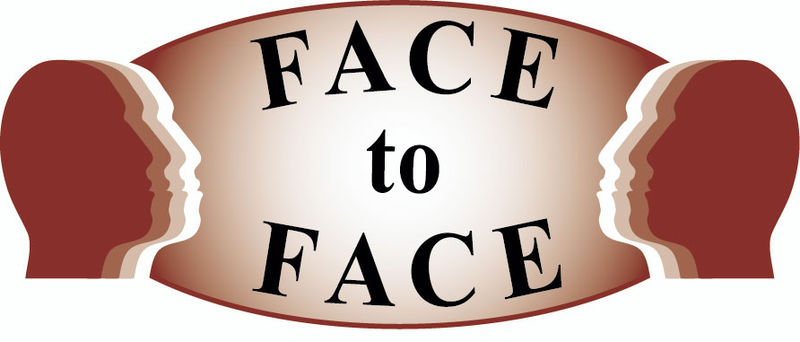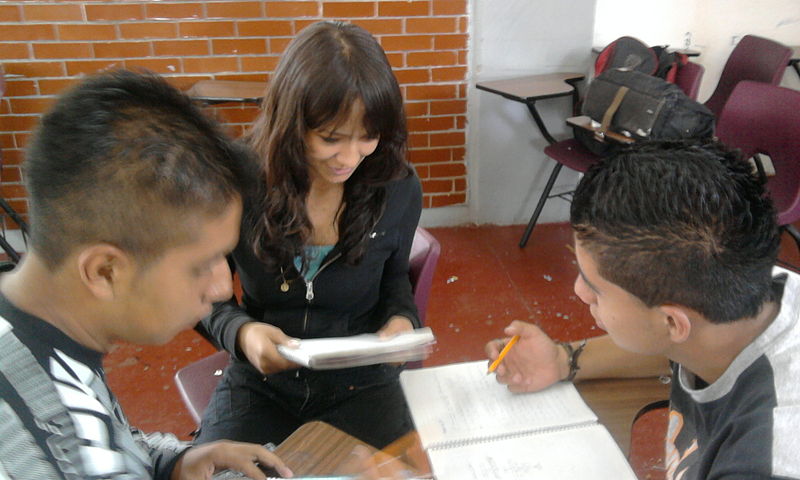Five Basic Elements of Cooperative Learning
There are five fundamental elements involved in cooperative learning. In fact, these five elements distinguish cooperative learning from other forms of group learning. These elements can be thought of as pieces in a puzzle. When all of these elements are present in a learning situation, the result is a cooperative learning group. The five basic elements of cooperative learning are:
- Positive interdependence
- Individual and group accountability
- Interpersonal and small group skills
- Face-to-face promotive interaction
- Group processing
Positive Interdependence

This means the group has a clear task or goal so everyone knows they sink or swim together. The efforts of each person benefit not only the individual, but also everyone else in the group. The key to positive interdependence is committing to personal success as well as the success of every member of the group.
Individual and Group Accountability

The group is accountable for achieving its goals, and each member must be accountable for contributing a fair share of the work toward the group goal. No one can "hitchhike" on the work of others. The performance of each individual must be assessed and the results given back to the group.
Interpersonal and Small Group Skills
Interpersonal and small group skills are required to function as part of a group. These are basic teamwork skills. Group members must know how to - and be motivated to - provide effective leadership, make decisions, build trust, communicate, and manage conflict.
- Completing tasks
- Communicating
- Decision making
- Managing conflict
- Appreciating group members
Face-to-Face Promotive Interaction
 This means that students promote each other's success by sharing resources. They help, support, encourage, and praise each other's efforts to learn. Both academic and personal support are part of this mutual goal.
This means that students promote each other's success by sharing resources. They help, support, encourage, and praise each other's efforts to learn. Both academic and personal support are part of this mutual goal.
Group Processing

Group members need to feel free to communicate openly with each other to express concerns as well as to celebrate accomplishments. They should discuss how well they are achieving their goals and maintaining effective working relationships.
To help you understand cooperative learning a little better, here are some ideas and activities that could help team members develop better skills in each of the areas listed above.
Ways To Ensure Positive Interdependence:
- The group has only one pencil, paper, book, or other resource.
- One paper is written by the group.
- A task is divided into jobs and can't be finished unless all help.
- Pass one paper around the group on which each member must write a section.
- Each person learns a topic and then teaches it to the group (Jigsaw method).
- Offer a reward (e.g. bonus points) if everyone in the group succeeds.
Ways To Ensure Individual and Group Accountability:
- Students do the work before bringing it to the group.
- One student is chosen at random and questioned on the material the group has studied.
- Everyone writes a paper; the group certifies the accuracy of all their papers; the instructor chooses only one paper to grade.
- Students receive bonus points if all do well individually.
- Instructor observes students taking turns orally rehearsing information.
Ways To Ensure Interpersonal and Small Group Skills:
- Be on time for group meetings and start them on time.
- Listen to others. Don't be so busy rehearsing what you are going to say that you miss other group members' points and ideas.
- Don't close the road to mutual learning by interrupting or using language that can be regarded as a personal attack.
- Make sure everyone has the opportunity to speak.
- Don't suppress conflict, but do control and discipline it.
Ways To Ensure Face-to-Face Promotive Interaction:
- A student orally explains how to solve a problem.
- One group member discusses a concept with others.
- A group member teaches classmates about a topic.
- Students help each other connect present and past learning.
Ways To Ensure Group Processing:
- Group members describe each other's helpful and unhelpful behaviors and actions.
- As a group, make decisions about which behaviors to continue and which behaviors to change.
Additional Elements of Effective Groups
Although team dynamics (how the individual team members work together) can differ from team to team, effective teams share the following characteristics:
Full participation - All team members contribute their time and energy to the project. More importantly, all team members participate in the decision making process.
Trust - Members trust that each member will add value to the project, and members work to ensure that everybody contributes and that appreciation is expressed for different contributions.
Open communication - Communication is the glue that holds a team together. Communication is effective when all members:
- Contribute ideas.
- Provide feedback constructively.
- Ask for clarification on anything that might be confusing.
- Provide frequent updates.
- Listen to each other carefully.
Social/business balance - Although teams shouldn't socialize 100% of the time, it shouldn't be all business either. Casual conversation allows members to know each other better, leading to better working relations.


